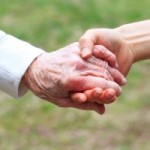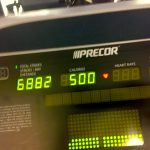Cardio Does Not Have to Include Leg Work
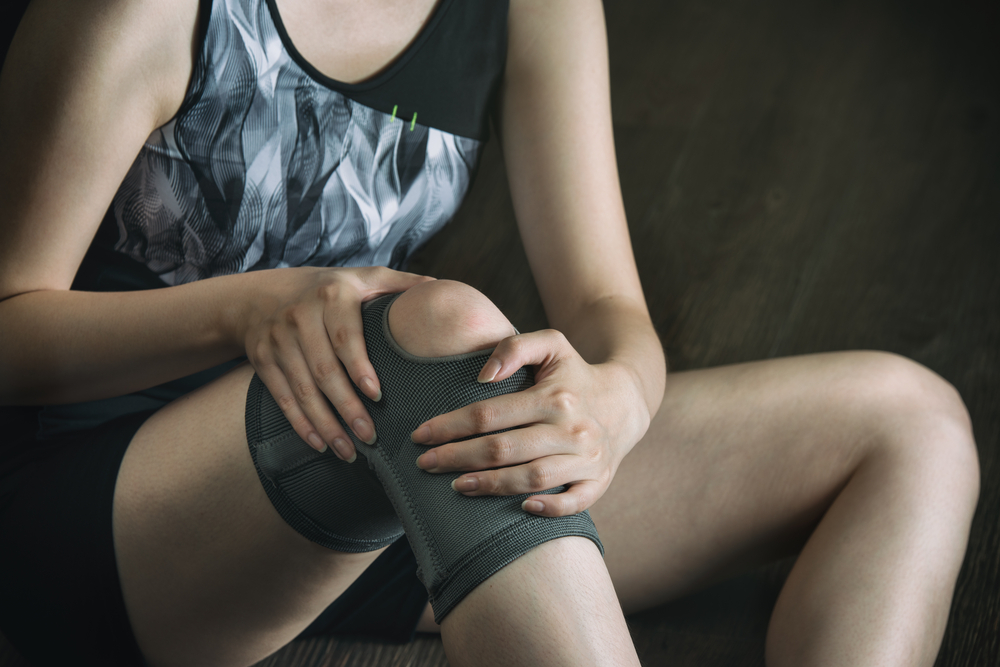
I was recently asked if there is ANY way to do cardio that does not involve the legs (because of a knee injury). And though you may be finding it difficult to think of anything, there are many options – You just need to understand what cardio is and be creative.
Cardio or cardiovascular exercise is any movement or activity that is continuous and usually rhythmic (this is the aerobic version) but can be in intervals too (anaerobic version). The goal of cardio exercise is to strengthen the heart and lungs which means we need to do things that gets the heart pumping, blood pressure elevated and causes shortness of breath and sweating. Normally we think of such exercises as running, biking, swimming etc but all of these use legs. Leg-centric cardio is most popular because these are our strongest and biggest muscles in our bods meaning they are better calories burners and can sustain the cardio exercise over a longer period (thus even more cals burned). But there are many options for cardio exercise, as you will see below.
My first choice for anyone injured and looking to keep up his or her fitness is swimming. Water is an excellent medium for rehabbing any body part. The buoyancy helps support body weight but also provides a natural; yet gentle resistance to work against. If a flutter kick is too much for the legs – no problem, all you need is a noodle (or pull –buoy) to help keep the legs afloat and then it’s all upper body and arms – Trust me, you will FEEL this cardio. Place the tops of your ankles on a noodle when doing the front crawl. Place the noodle under your chest if you’re doing breaststroke or butterfly. Place the noodle under your knees for the backstroke.
This could be a long shot, but speaking of water, if you have access to a kayak – this is another fabulous cardio workout with a bonus core burn. No kayak – Get creative! Sit on a bench, legs straight and simulate the kayak paddling movement with a weighted bar (not too heavy) or holding the ends of one dumbbell. Make sure you remain sitting nice and tall and engage the core throughout.
And…speaking of paddling, a rowing machine is terrific cardio. The key to using these when injured is to keep your lower body still. This means you are really doing half the rowing movement by leaving out the legs so you have to be careful to watch your lower back. 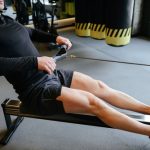 No rowing machine? You can set one up using a weighted cable machine. Adjust the handles and weights (keep them lighter than usual since you will be doing high reps) so you can sit on the floor and “row” OR use the machine in the gym that “works your back”. This machine has you sit facing the weights and grab the handles and pull in. Everything should be stationary but keep the weights lighter so you can work faster and turn it from strictly resistance to cardio.
No rowing machine? You can set one up using a weighted cable machine. Adjust the handles and weights (keep them lighter than usual since you will be doing high reps) so you can sit on the floor and “row” OR use the machine in the gym that “works your back”. This machine has you sit facing the weights and grab the handles and pull in. Everything should be stationary but keep the weights lighter so you can work faster and turn it from strictly resistance to cardio.
One of my favorite pieces of equipment to use is the rope. You can set yourself up either standing or sitting and “work the ropes”. Think of slamming the ropes up and down or snaking side to side or any combination; hands in sync or in opposition. It won’t be long before you need to catch you breath.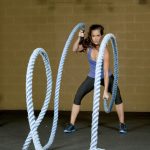
Next up is a med ball. Carefully test the various weights but go a bit heavy as you do med ball slams (lift it overhead, use your abs, and slam it into the ground and repeat). Also wall balls – throw the ball overhead against a wall and catch repeatedly, throw it right in front of you short distance and fast reps; stand sideways to the wall and throw and catch the ball quickly (make sure you do the other side).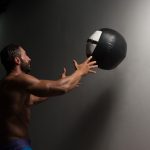
If you are a cardio machine person (treadmill, elliptical, bike etc) check your gym for an Arm Ergometer (fancy name for a hand pedaled bike). It looks like a half bike on a table. If you don’t think you can get your heart rate up with this thing then you are sorely mistaken.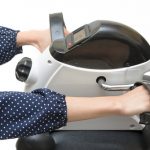
Whatever your injury and no matter the amount you can use your injured leg, err on the side of caution – nothing will put you further out of commission than re-injuring your leg or something else in your quest to keep up your fitness. Consider trying new things or this may be the time to focus on other forms of fitness like stretching or strengthening through resistance training.











